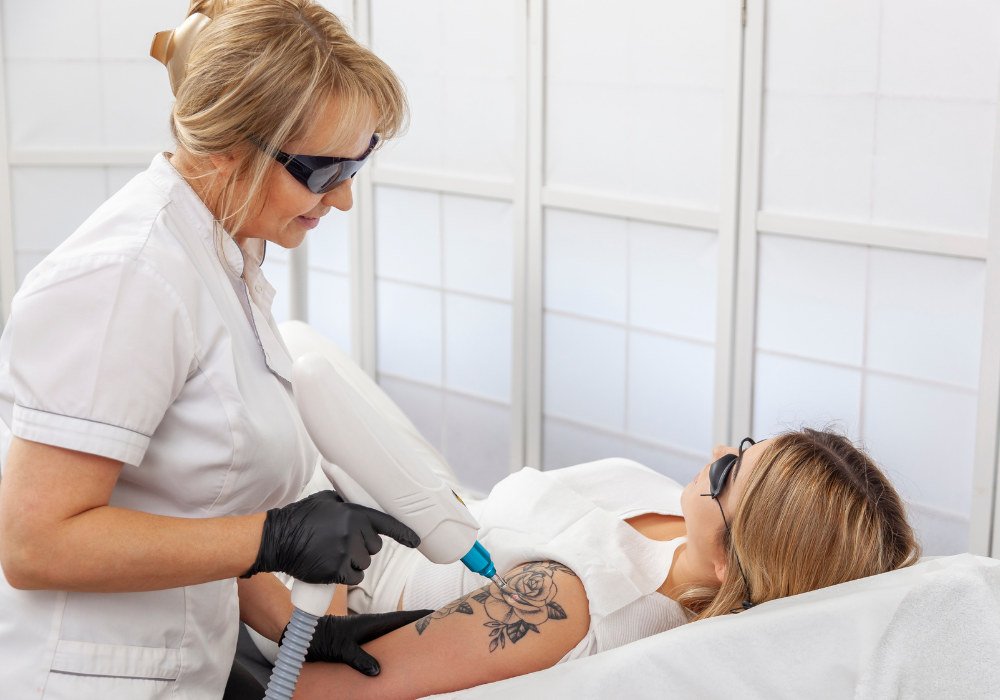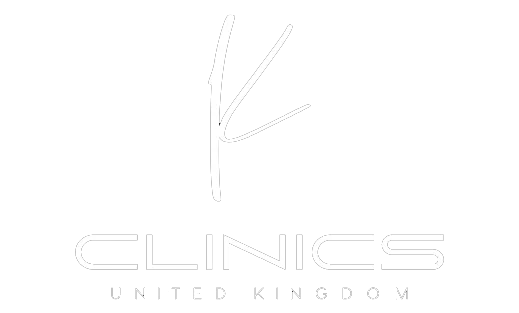A Complete Guide to Laser Tattoo Removal: How to Get Rid of Unwanted Ink Without Scarring?

Tattoos are a great way to express oneself, but they don’t always remain relevant for a lifetime. Some designs lose their meaning, others are poorly executed, and some people wish to remove tattoos for career advancement or to change their style. Thankfully, modern technology makes it possible to safely and effectively remove tattoos without leaving any scars or remaining pigmentation.
The most efficient and secure technique is laser removal, which enables the pigment to be broken down and naturally removed from the body. Nevertheless, the method calls for an appropriate strategy, perseverance and suitable skin care after the procedure.
In this article, we will thoroughly explore all aspects of laser tattoo removal: how the procedure works, which lasers are used, how to prepare correctly, how many sessions are required, what results to expect and how to care for your skin afterward.
How Does Laser Tattoo Removal Work?
The foundation of laser tattoo removal is a selective photothermolysis. It is a technique that targets skin pigment and breaks it down without damaging nearby tissues.
The main steps in the tattoo removal process:
- Laser action on pigment: The laser’s light pulses selectively absorb the pigment particles, which heats them up and breaks them up into tiny pieces.
- Pigment fragmentation: The broken pigment particles become accessible for the body’s natural detoxification process.
- Pigment elimination: The body progressively eliminates the ink pigment particles via the lymphatic system as a result the skin returns to its natural condition.
Because tattoo pigments are applied at varying depths and can have a multi-layered structure, a single session is rarely enough. This is why multiple sessions with specific intervals are required.
What Types of Lasers Are Used for Tattoo Removal?
Various laser kinds are used in modern cosmetic procedures; each has a unique wavelength that works best with particular tattoo colors.
Main types of lasers:
- Q-Switched Nd:YAG (532/1064 nm) – the most effective laser for getting rid of tattoos that are red, blue, dark green and black. It effectively breaks down the pigment by penetrating deeply into the skin.
- Picosecond lasers (PicoSure, PicoWay): These devices use extremely brief pulses to erase tattoos more quickly and painlessly, especially those with vibrant colors (yellow, green, turquoise, and pink).
- Ruby Laser (694 nm) – used for light and brilliant pigments that are hard to handle with conventional lasers, such green or blue.
- Alexandrite Laser (755 nm) – this laser is very good for fair-skinned individuals and is effective in eliminating brown, green, and blue hues.
A specialist selects the optimal laser for tattoo removal depending on the pigment color, depth of application and skin type.
How Many Sessions Are Required for Complete Tattoo Removal?
Because pigment is entrenched at varying depths and densities, it is impossible to remove a tattoo completely in a single session. Numerous nuances determine how many sessions are required:
- Tattoo color: Light blue, yellow,and green may need more sessions, whereas black and dark blue colors fade the fastest.
- Ink application depth: Expertly applied tattoos are denser and deeper, and removal takes longer.
- Ink density: Ink that has more layers and more metal makes it more difficult to degrade.
- Design age: Older tattoos are simpler to remove since part of the pigment has already been naturally broken down.
- Physiological features: The rate of pigment removal is influenced by immune system activity and also metabolism speed.
On average 4 to 10 sessions with 6-8 week intervals are required for complete tattoo removal.
How to Prepare for the Procedure?
Follow these pre-treatment recommendations to guarantee the process is as safe and successful as possible:
- Steer clear of the sun for 3-4 weeks before the treatment; tanning slows down skin repair and raises the chance of unwanted pigmentation.
- A few days before the procedure, avoid taking blood-thinning drugs such as ibuprofen or aspirin.
- Do not touch or scrape the skin in order to prevent mechanical irritation of the tattooed region.
- Consulting a specialist is required, especially if you have a tendency to develop scars or immune system issues.
Post-Treatment Skin Care
The skin needs extra attention after each laser treatment in order to avoid complications and faster the healing process.
What to Do After the Procedure:
- Apply a calming lotion with a big containing aloe vera or panthenol to lessen redness.
- To lessen swelling, you can apply cold compresses throughout the first 24 hours.
- Prevent mechanical irritation (not scratching or rubbing the skin).
- Apply sunscreen with an SPF of 50+ for one to two weeks after the procedure to avoid hyperpigmentation.
- Drink plenty of water to hasten the lymphatic system’s removal of pigment.
What to Avoid After Laser Removal:
- Avoid tanning beds and tanning for 4-6 weeks.
- Steer clear of steam treatments like swimming pools, hot tubs and saunas.
- Avoid using scrubs, acid peels and anything with alcohol in them.
- Do not pick at scabs that may form – they should heal naturally.
Following these recommendations will help protect your skin, prevent complications and make tattoo removal as safe as possible.
At Our Clinic, Laser Tattoo Removal
At our clinic, we safely and effectively remove unwanted tattoos using the newest laser technologies. Our professionals adapt the treatment approach for each patient, considering skin type, pigment hue, and ink depth.
We guarantee:




Book a consultation at KClinics today, and let us help you restore clear skin without traces of the past!



